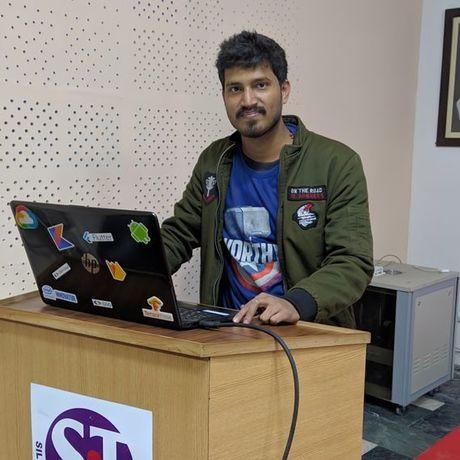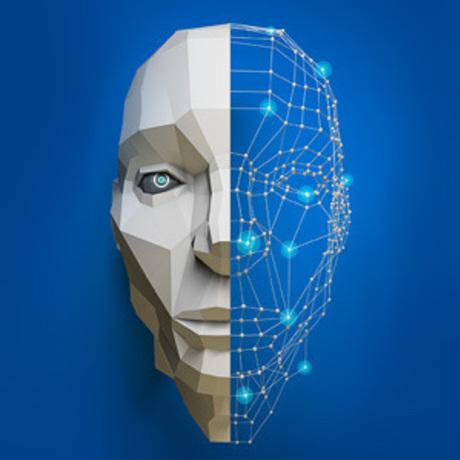
- Projects 8
- Followers 10
Gaurav Sahadev
Indiana
Diabetes is a condition that results from lack of the hormone insulin in a person's blood, or when the body has a problem using the insulin it produces (insulin resistance).It is one of the growing fatal diseases worldwide. According to World Health Organisation (WHO), India had 69.2 million people living with diabetes in 2015. Nearly 98 million people in India may have type 2 diabetes by 2030, according to a study published on November,2018.This is a project/Tool used for the prediction of diabetes mellitus(female),especially developed for the convenience of the clinicians to detect the disease in a short time. ...learn more
Project status: Published/In Market
Intel Technologies
AI DevCloud / Xeon
Diabetes Detection is one of the many tools used in the web application "Advanced Tools for Healthcare and Diagnostics".Diabetes is a condition that results from lack of the hormone insulin in a person's blood, or when the body has a problem using the insulin it produces (insulin resistance).It is one of the growing fatal diseases worldwide. A design of classifier for the detection of Diabetes
Mellitus with optimal cost and precise performance is the need of the age. This tool serves the purpose.Diabetes Detection can be utilised by doctors and clinics to predict diabetes mellitus,simply by inputting the required data of the patient. The current project implementation looks further to
train self organising k-nearest neighbours algorithm to effectively classify a diabetic patient as such.This tool can be used in mobiles as well as PCs.
DEMO APP: https://athad.herokuapp.com/diabetes.html
https://athad.herokuapp.com/
Github Repository: https://github.com/ADTHAD/ATHAD
Various researches and investigations have been done on the project. The current project implementation looks further to
train self organising k-nearest neighbours algorithm to effectively classify a diabetic patient as such.The k-NN algorithm is arguably the simplest machine learning algorithm. Building the model consists only of storing the training data set. To make a prediction for a new data point, the algorithm finds the closest data points in the training data set — its “nearest neighbours.”k-NN algorithm is
so chosen due to their dynamic nature of learning and future application of knowledge.In this project,we are using the pima Indian Diabetes dataset.Firstly,the model is made importing the mentioned datasets and required python libraries.The training and testing datasets are prepared using scikit learn modules.Using k-NN algorithm, the training is done.To test the accuracy of this prediction,predict function is applied.Considering if we choose one single nearest neighbour, the prediction on the training set is perfect. But when more neighbours are considered, the training accuracy drops, indicating that using the single nearest neighbour leads to a model that is too complex. The best performance is somewhere around 9 neighbours.
Intel AI DevCloud
Github
Flask,Javascript(Back-end)
HTML,CSS(Front-end)
Heroku
LIBRARIES:
Pandas
Numpy
Scikit-Learn
Python
Matplotlib
Seaborn
LANGUAGE:
Python 3
https://github.com/ADTHAD/ATHAD

Indiana

Siliguri, West Bengal